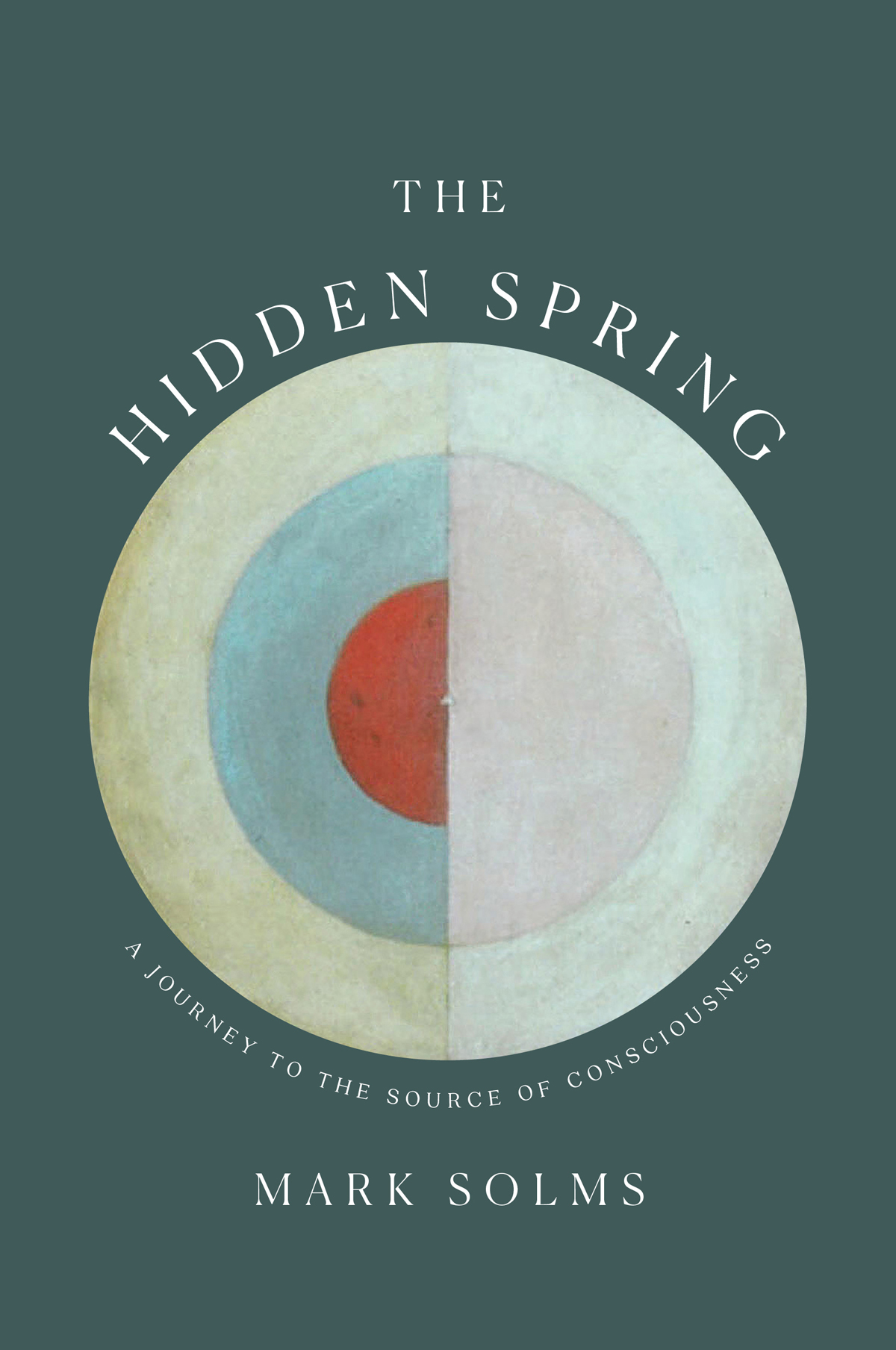
The Hidden Spring
A Journey to the Source of Consciousness
کتاب های مرتبط
- اطلاعات
- نقد و بررسی
- دیدگاه کاربران
نقد و بررسی

December 1, 2020
A densely argued investigation of the origins of consciousness. In this highly, sometimes overly, detailed narrative, Solms, who teaches at the Neuroscience Institute at the University of Cape Town, takes three paths to a theory of consciousness: "the elementary physics of life, the most recent advances in both computational and affective neuroscience and the subtleties of subjective experience that were traditionally explored by psychoanalysis." These lines of investigation lead him to reject the long-held view that consciousness arises in the cerebral cortex, the locus of intelligence, but instead is to be found in a far more ancient, even primitive part of the brain, deep in the brainstem "that humans share with fishes." The author's insight comes from his research into dreams, phenomena that are also shared by other forms of animal life. He examines the mental behavior of hydrocephalic children, who, lacking the cortex, ought in the older theory to lack consciousness but who in fact do not. Solms' argument, which is often repetitive, can be daunting. In part, this is because of its language, as when he writes, "accurate memory search and monitoring functions turn out to depend in part upon the cholinergic basal forebrain circuits, which constrain the 'reward' mechanisms of the mesocortical-mesolimbic dopamine circuit in memory retrieval." In part, it is because he alternately takes issue with or builds on the work of other scholars of consciousness, such as Antonio Damasio and Bud Craig, familiarity with whose theories is nearly a prerequisite for readers. Still, Solms makes valuable points: He shows that consciousness is "part of nature" and not of "some parallel universe...beyond the reach of science," and he gives a fruitful account of how memory processing, "cortical consciousness," automaticity, and other brain functions operate. He concludes, repetitively, that "consciousness is part of nature and it is mathematically tractable." Readers up to date with the scholarly controversy surrounding consciousness will find this a useful addition to it.
COPYRIGHT(2020) Kirkus Reviews, ALL RIGHTS RESERVED.

January 25, 2021
“The hard problem of consciousness is said to be the biggest unsolved puzzle of contemporary neuroscience,” writes psychoanalyst and neuropsychologist Solms (The Brain and the Inner World) in this wide-ranging survey. Solms answers such questions as how consciousness came to be, what it is, and whether it could be artificially replicated—his theory proposes that consciousness is an evolutionary response to the human organism’s need to minimize the energy it expends to meet its physical and psychological needs. Solms rejects cognitive psychologists’ theories that consciousness is lodged in the brain’s cerebral cortex—it “is far more primitive than that,” he writes. To support his theory, Solms provides case studies (he discusses a patient experiencing confabulations in terms of Freud’s notions of subjectivity), deep technical dives into the makeup of the human brain, and weaves in entropy and thermodynamics. Solms concludes with a somewhat manically written discussion of the ethics of a conscious machine, complete with a plan for what he’d do if he were able to build one: he’ll remove the battery, patent the process, and organize a symposium. His theory is complex, as is his writing (sentences such as “The cholinergic basal forebrain circuits... constrain the reward mechanism of the mesocortal-mesolimbic dopamine circuit in memory retrieval” are common). Still, readers who stay the course will find much to consider.

























دیدگاه کاربران